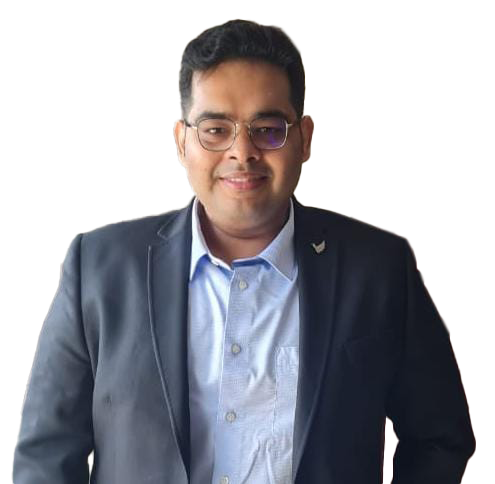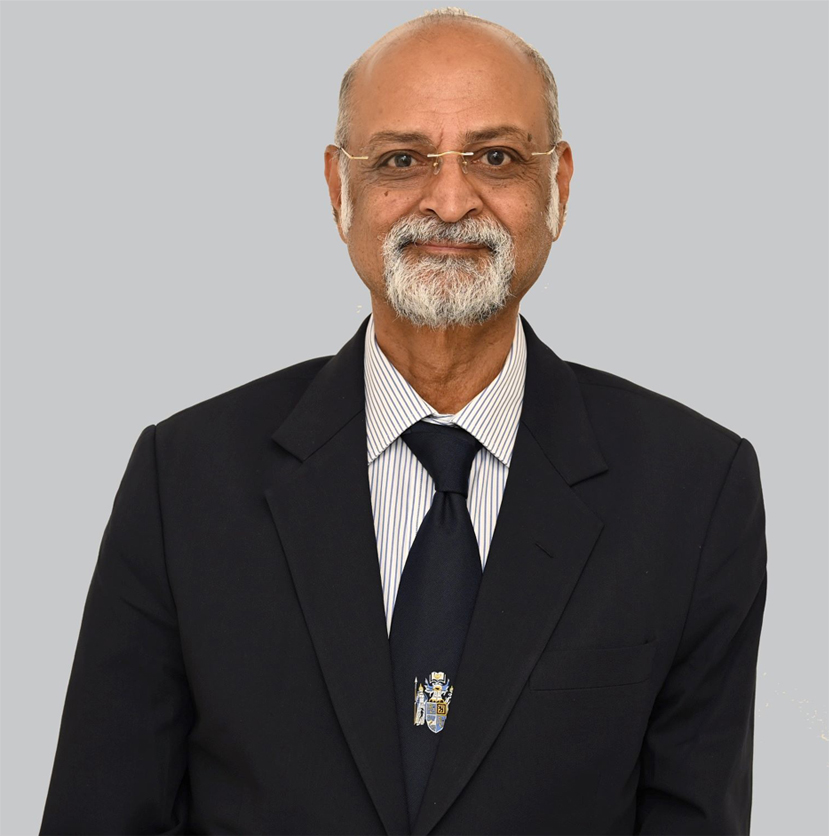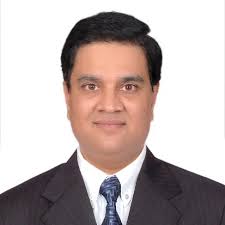Status of Breast cancer in India – A Radiological Perspective
Dr. Anish Chaudhary, Director, Delhi Diagnostics & Telerad Breast cancer is a significant health concern in India, particularly among women of reproductive age. It accounts for a substantial portion of all cancer cases in Indian women,

Dr. Anish Chaudhary, Director, Delhi Diagnostics & Telerad
Breast cancer is a significant health concern in India, particularly among women of reproductive age. It accounts for a substantial portion of all cancer cases in Indian women, with socio-economic and regional disparities influencing screening and diagnosis rates1. The incidence of breast cancer is lower in India compared to developed nations, possibly due to lower screening rates2.
The unmet needs in breast cancer diagnosis in India include inadequate screening, especially among women who are poor, young, have lower educational attainment, and reside in rural areas1. There is a concentration of treatment facilities in larger cities, leading to disparities in access to healthcare. Additionally, there is a need for increased awareness and education about breast cancer to encourage early screening and treatment3.
Radiologists play a crucial role in addressing these gaps. They are responsible for interpreting diagnostic imaging, guiding biopsies, and contributing to multidisciplinary tumor boards45. Radiologists can make a difference by advocating for and participating in community outreach programs to educate women about the importance of early detection and by ensuring that high-quality diagnostic services are accessible to women across different socio-economic backgrounds. They can also contribute to research and policy-making to address the systemic issues that lead to disparities in breast cancer care in India.
Breast cancer remains the most common cancer among urban Indian women and is a growing concern in rural areas as well. Despite its prevalence, there are significant gaps in the early diagnosis and management of breast cancer, particularly among women of reproductive age12.
Epidemiology and Current Status: The incidence of breast cancer in India is on the rise, with urban centers like Delhi, Chennai, Bangalore, Mumbai, and Kolkata reporting higher age-adjusted incidence rates compared to rural areas3. Indian women tend to present with breast cancer at a younger age and often at more advanced stages of the disease, which contributes to higher mortality rates compared to developed countries3.
Unmet Needs and Gaps in Diagnosis: A major challenge in India is the socio-economic and regional disparity in breast cancer screening. Women who are poor, young, have lower educational attainment, and reside in rural areas are less likely to undergo screening. This results in a pro-rich concentration curve for breast cancer screening, indicating that wealthier women have better access to these crucial services1. Additionally, treatment facilities are concentrated in larger cities, creating a barrier for those living in less urbanized regions3.
Role of Radiologists: Radiologists can play a pivotal role in bridging these gaps. They can advocate for increased awareness and education about the importance of early detection and screening. By participating in community outreach programs and ensuring that high-quality diagnostic services are accessible across different socio-economic backgrounds, radiologists can help to reduce the disparities in breast cancer care4.
Furthermore, radiologists can contribute to research and policy-making to address systemic issues leading to disparities in breast cancer care. They can also leverage advancements in radiogenomics and artificial intelligence to enhance early detection, prognosis, and treatment selection, tailoring care to meet the needs of patients from diverse backgrounds56.
In summary, while the challenges are significant, radiologists have the opportunity to make a substantial impact on the early diagnosis and management of breast cancer among reproductive women in India. Through advocacy, education, and the adoption of innovative technologies, they can address unmet needs and improve outcomes for this vulnerable population
Radiologists can improve early detection rates of breast cancer through several strategies:
Enhanced Screening Programs: Implementing and promoting regular screening with mammography, which has been shown to significantly reduce breast cancer mortality.
Advanced Imaging Techniques: Utilizing MRI and ultrasound in combination with mammography, especially for high-risk individuals, to identify small tumors that may not be visible on a mammogram alone.
3D Mammography: Adopting annual 3D mammography, which can detect breast cancers up to three years before they can be felt during a physical exam.
AI Integration: Incorporating AI software tailored for breast imaging to increase detection rates and make the process of interpreting mammograms more efficient.
Education and Outreach: Educating women about the importance of early detection and screening, and reaching out to underserved populations to ensure equitable access to diagnostic services.
By combining these approaches, radiologists can play a vital role in improving early detection rates and, consequently, treatment outcomes for breast cancer patients







